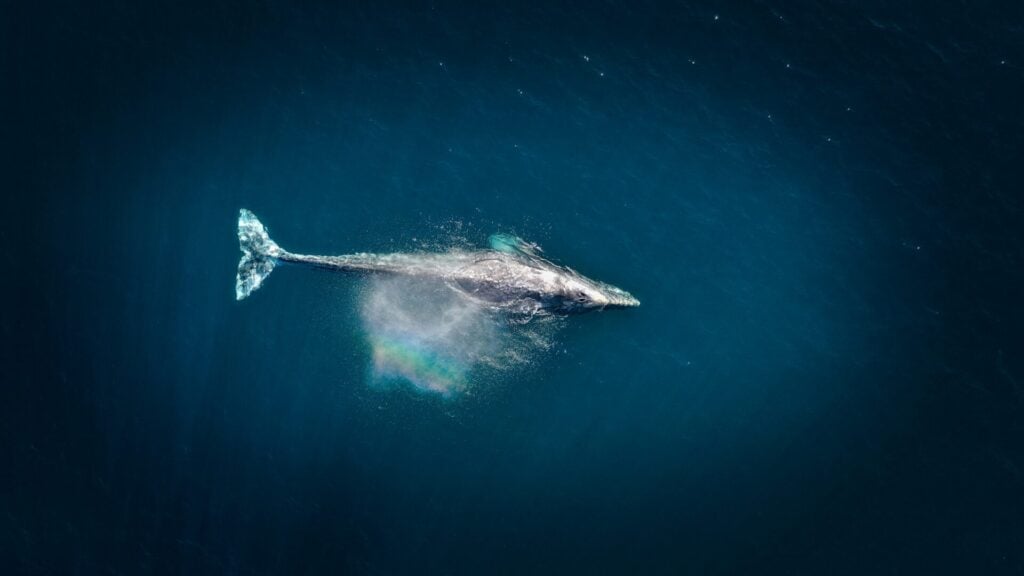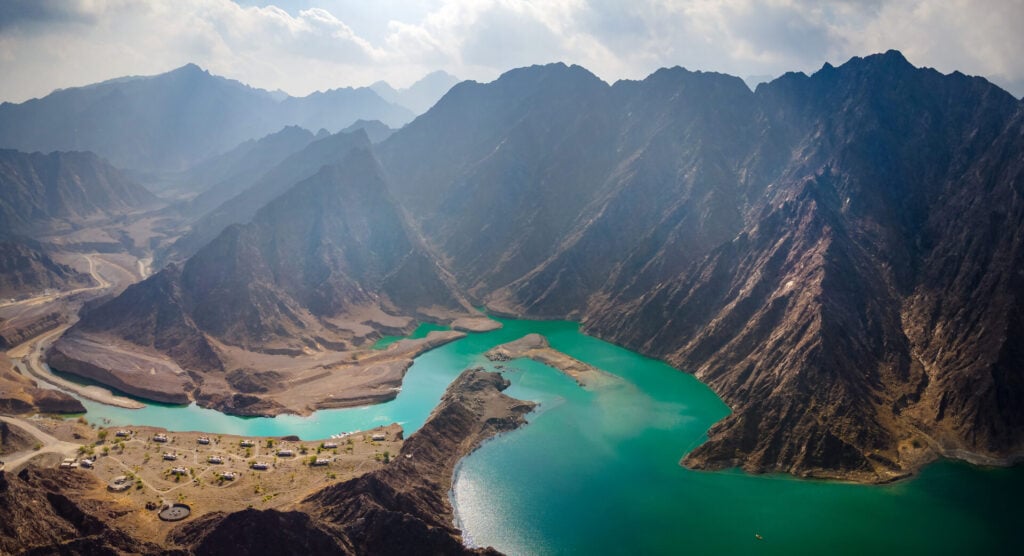Australia’s two world heritage-listed coral reefs, Ningaloo on the west coast and the Great Barrier Reef on the east, have been hit simultaneously by ‘heartbreaking’ climate crisis-induced bleaching.
It comes as an intense marine heatwave struck off northwestern Australia, driving sea surface temperatures up to 4°C above the summer average.
On the Great Barrier Reef, bleaching is being detected from around Townsville to the tip of Cape York, a distance of about 1,000km. Along the Ningaloo reef waters have accumulated the highest amount of heat stress on record during an extended marine heatwave that has hit the state’s vast coastline.
Covering nearly 133,000 square miles (345,000 square kilometers), the Great Barrier Reef is the world’s largest and is home to more than 1,500 species of fish and 411 species of hard corals.

Paul Gamblin, the chief executive of the Australian Marine Conservation Society, said history would ‘record this profoundly distressing moment’ when two world famous reefs both suffered widespread damage at the same time.
Some coral species had a mortality rate of 95 per cent, which researchers say signals ‘colony collapse’ -where the dead skeleton detaches from the reef and turns to rubble.
Reefs Dying
Dr Zoe Richards, an associate professor and coral scientist at Curtin University, spent 10 days monitoring the health of Ningaloo reefs and the neighbouring Exmouth Gulf earlier this month.
She said in shallower areas known for their clear waters, which are popular with tourists, she had seen up to 90 per cent of corals bleached and evidence of corals dying. Even slow-growing corals that were hundreds of years old were bleaching, she said.
Some coral species had a mortality rate of 95 per cent, which researchers say signals ‘colony collapse’ -where the dead skeleton detaches from the reef and turns to rubble
The Western Australian (WA) government, which is coordinating reef monitoring, said bleaching had also been reported at Kimberley, Ashmore Reef, Rowley Shoals, Barrow Island, Dampier Archipelago, inshore Pilbara and Exmouth Gulf.

Richards said: ‘This isn’t isolated to Ningaloo, this is happening across the entire north-west shelf. There has never been this scale of impacts in Western Australia (WA). I am not aware of this ever happening before. Climate change has definitely caught up with the reefs in WA.’
Corals lose the algae that give them their colour and most of their nutrients if ocean waters get too warm.
If bleaching is not severe, corals can recover, but studies show they are less able to reproduce and are more susceptible to disease. If waters grow to hot they die off.
Corals might look like plants, but are actually animals, closely related to creatures like sea anemones and jellyfish.
They have a hard, protective limestone skeleton called a calicle, which they use to help anchor them to the sea floor and live in groups called colonies, which form reefs when lots of colonies join together.
Experts say the bleaching blame lies in the burning of planet-heating fossil fuels, which is driving up global temperatures. Coral damage was also accelerated last year by El Niño, which heats ocean temperatures in this particular part of the world.









